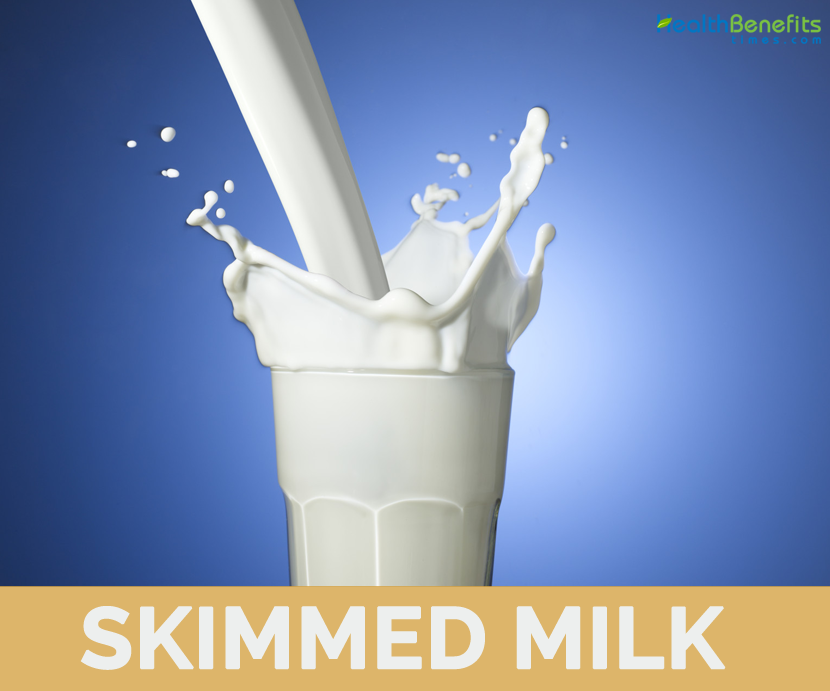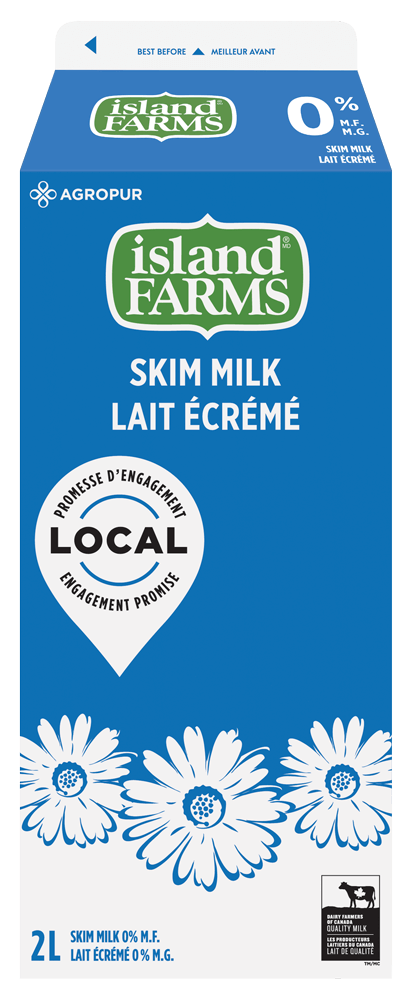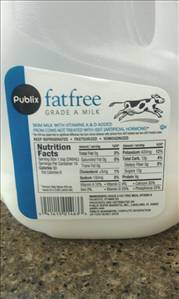
If you have lactose intolerance or a milk allergy, it’s important to avoid regular milk. Similarly, if you need to watch total fat or saturated fat intake you may also benefit from drinking lower-fat varieties. Similarly, adults who are watching their calorie intake may be advised to drink a lower fat milk variety like (skim milk or 1%) which provides 80-100 calories per cup. If your child has extra body weight, obesity, or other medical conditions like cardiovascular disease (CVD), speak to their healthcare team about what type of milk is best. In fact, whole milk was found to increase HDL or “good cholesterol” more than skim milk.Īccording to the CDC, children over the age of 12 months can drink plain full-fat cow's milk as it can be a good source of fat. But recent evidence suggests that whole milk may not have a significantly different impact on blood fat or glucose. The 2020-2025 Dietary Guidelines for Americans recommend including either fat-free or low-fat milk as part of a healthy dietary pattern. In the table below, we detail the nutritional breakdown for 1 cup of some of the most popular types of plant-based milks: soy, oat, and almond. But, with the exception of soy milk, the protein content is much lower in plant-based milks. In general, they provide a similar number of calories as reduced-fat dairy milk. Plant-based milks are a good alternative if you can’t have dairy or choose to avoid it. Vitamin B12, which is needed to keep blood cells and nerves healthy

Vitamin A, which helps promote good vision and a healthy immune system Riboflavin/vitamin B2, which plays a major role in energy production and body growth Milk also contains several other important nutrients, including: Milk is rich in nutrients essential for good bone health - particularly to help build and maintain strong bones. For example, 1 cup of any of these milk varieties will provide the same amount of protein (~8 g) and carbohydrates (~12 g). Total calories, total fat, and saturated fat grams differ between the different types of milk, but the amount of protein and carbohydrates (among other nutrients) remain similar across all varieties of milk. The chart also breaks down some of the nutrition content for 1 cup (8 oz) of the four major categories of milk. You can see the different types of milk fat percentage - which ranges from 3.5% in whole milk to 0% in skim milk - in the chart below. The percentage of milk fat listed on the carton of milk indicates the amount of fat in the milk by weight. There are four main cow’s milk varieties: What are the different cow’s milk varieties? But looking at milk calories, fat, and other nutrients can help you choose the best option for you and your family. With no shortage of options available, it can be confusing to decide on one. Part of the reason for this trend is the growing popularity of other milk alternatives, like plant-based milk has steadily decreased over the last couple of decades.



Even though milk contains many essential vitamins and minerals and protein, consumption in the U.S. All milk is rich in nutrients such as calcium, protein, potassium, riboflavin, B12, vitamin D and A to name a few! Choose the milk that suits your goals, preferences and overall food pattern.Going to the grocery store? You will likely see milk in most Americans' grocery carts, as it is a staple in households across the country. If your cholesterol is high or you are trying to lose weight, it might be worth the swap to reduced fat products.
Skim milk nutrition vitamin d full#
The consensus? If you are happy with your weight and your cholesterol is fine, full cream milk is no problem. Although some fat assists the absorption of fat-soluble nutrients such as A, D, E and K and can make us feel more satisfied, drinking large amounts of full cream milk may add to your waist line. Hardly worth the worry! However, there are more calories in full cream milk due tot the fat: 1 cup has 665kJ compared to 368kJ in skim milk. Component per 100mLĪs you can see, there is 4.8g of sugar in 100ml of full cream milk compared to 4.9g in 100ml of skim. Below is a comparison of Dairy Farmers full cream milk and skim milk products per 100ml. It is a natural, low glycaemic index sugar, called lactose. It is also important to remember the ‘sugar’ in milk is not ‘added’ sugar. There will be slightly more carbohydrate, protein, sugar and calcium. When you remove the fat, it means that the other components of the milk will be higher in content. While it’s true, the extra sugar is minimal. One of the most common reasons dietitians find people ditch skim milk for full cream milk is that they have heard that skim milk contains more sugar.


 0 kommentar(er)
0 kommentar(er)
